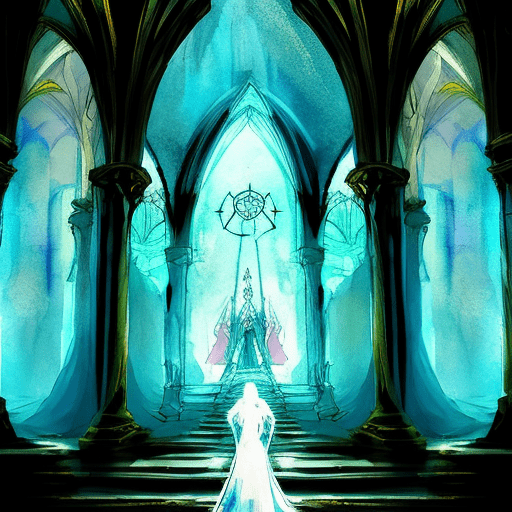Sacred Hearts: A Tale of Love, Loss, and Redemption in Renaissance Italy
In Sarah Dunant’s historical novel, “Sacred Hearts,” set in 16th century Italy, the lives of nuns in a convent are disrupted when a young woman, Serafina, is forced to join their ranks against her will. As the story unfolds, themes of love, loss, and redemption emerge, painting a vivid picture of the challenges faced by women in a patriarchal society. Through richly drawn characters and intricate plotlines, Dunant explores the complexities of human relationships and the power of resilience in the face of adversity.
The Convent: A World of Secrets and Suffering
The novel is primarily set within the walls of the Santa Caterina convent, where the nuns lead a cloistered existence. Each nun has her own reasons for being there, ranging from religious devotion to familial pressure. The convent is a microcosm of society, with its own hierarchies, alliances, and rivalries. Dunant skillfully portrays the complex dynamics between the nuns, highlighting the ways in which they navigate their constrained lives and find solace or conflict within the convent’s walls.
Serafina: A Spirited Rebel in a World of Conformity
Serafina, the young woman thrust into the convent against her will, becomes the focal point of the story. Spirited and rebellious, she refuses to accept her fate as a nun and seeks ways to escape. Through her eyes, the reader witnesses the oppressive nature of the convent and the lengths to which Serafina goes to assert her independence. As she forms unexpected alliances and challenges the status quo, Serafina becomes a symbol of resilience and defiance in the face of societal expectations.
Love and Loss: Forbidden Desires and Unfulfilled Longings
Within the confines of the convent, forbidden desires and unfulfilled longings simmer beneath the surface. The nuns, denied the opportunity for romantic love, find solace in their relationships with each other. Sister Zuana, the convent’s apothecary, becomes a confidante and mentor to Serafina, guiding her through the challenges of convent life. Meanwhile, the arrival of a charismatic musician, Iacopo, stirs up emotions and desires that threaten to unravel the delicate balance within the convent. Dunant explores the complexities of love and loss, highlighting the sacrifices made in the pursuit of personal happiness.
Key Takeaways:
- The novel provides a glimpse into the lives of women in Renaissance Italy, highlighting the limited choices and opportunities available to them.
- The power of resilience and defiance in the face of societal expectations is a central theme.
- The convent serves as a microcosm of society, with its own hierarchies, alliances, and rivalries.
- Love and desire, both forbidden and unfulfilled, play a significant role in the lives of the nuns.
- The novel explores the complexities of human relationships and the ways in which individuals navigate their constrained lives.
“We are all prisoners, Signora. Some of us are simply more aware of our cells than others.”
In “Sacred Hearts,” Sarah Dunant weaves a captivating tale of love, loss, and redemption within the walls of a Renaissance convent. Through her vivid storytelling and well-drawn characters, Dunant sheds light on the challenges faced by women in a patriarchal society and the power of resilience in the face of adversity. This thought-provoking novel invites readers to reflect on the complexities of human relationships and the ways in which individuals navigate their constrained lives.












